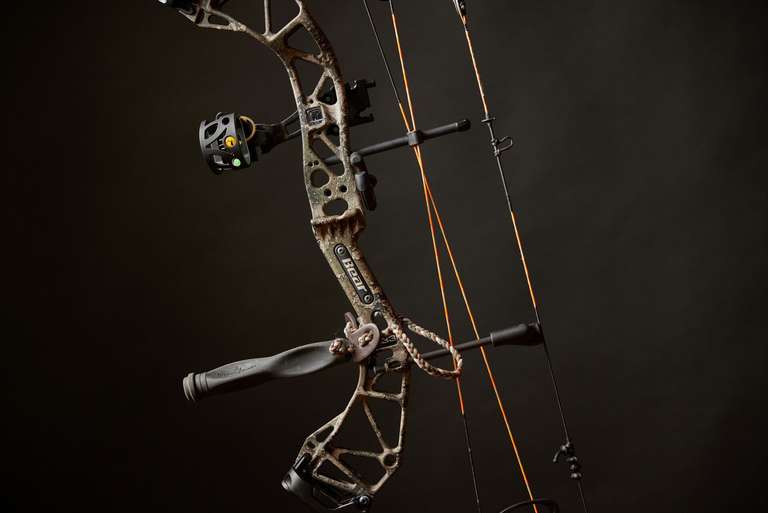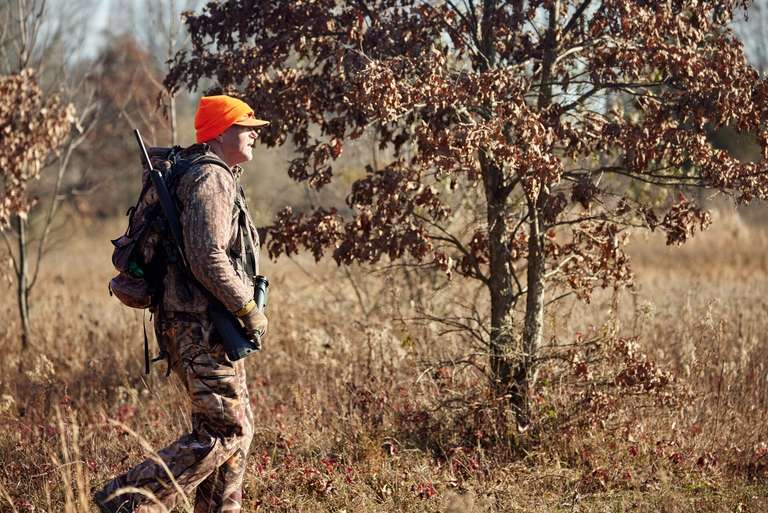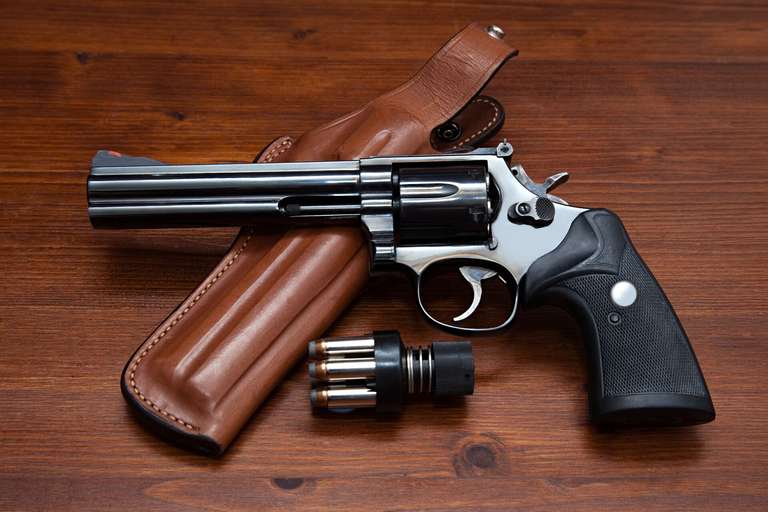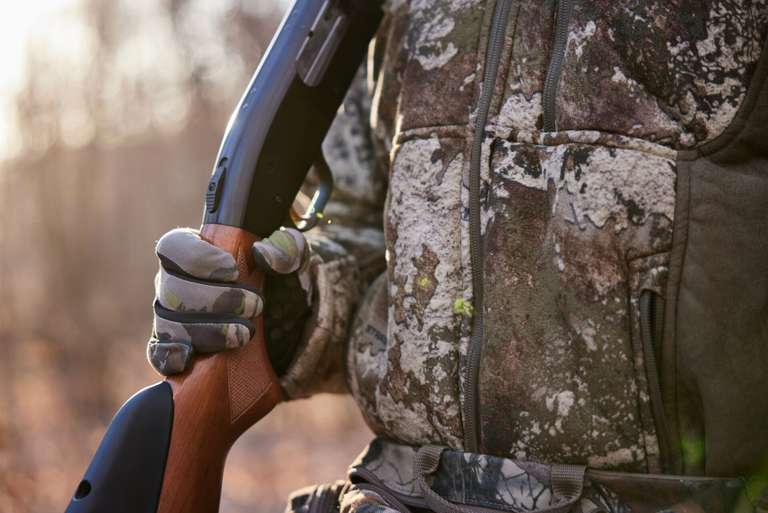Field Carry Basics: A Guide to the Elbow Carry
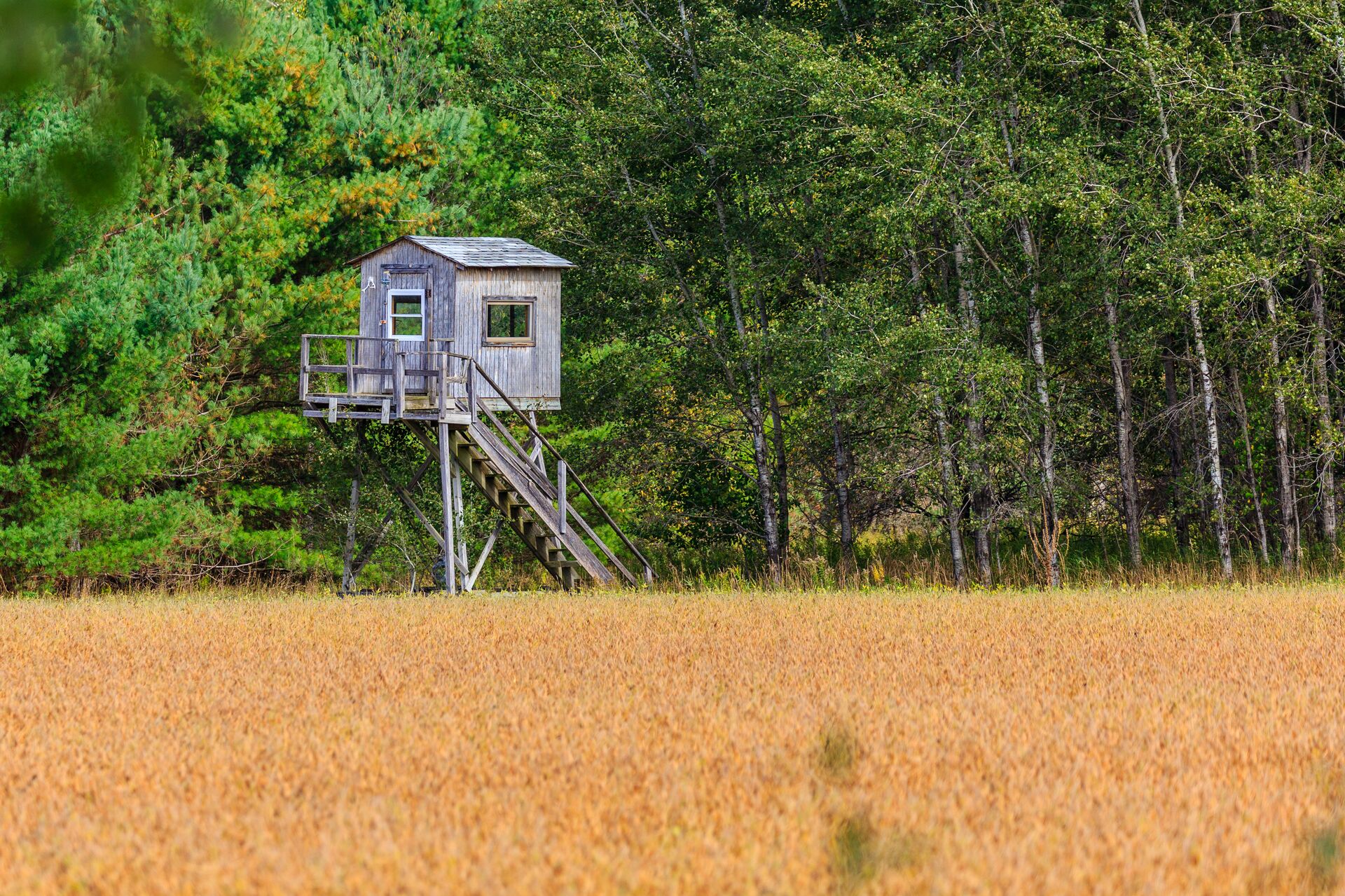
Learning different field rifle and shotgun carry methods is critical to a safe and successful hunt. There are plenty of ways to carry your firearm (correctly) in the field, as well as many ways to carry it incorrectly (and dangerously).
Today, we focus on one specific field carry option that's both safe and comfortable for most hunters: the elbow carry.
The elbow carry is a proven technique that balances ease of use with accessibility and hunter safety. Let's explore when you should use it and how to get in (and out of) it during a hunt.
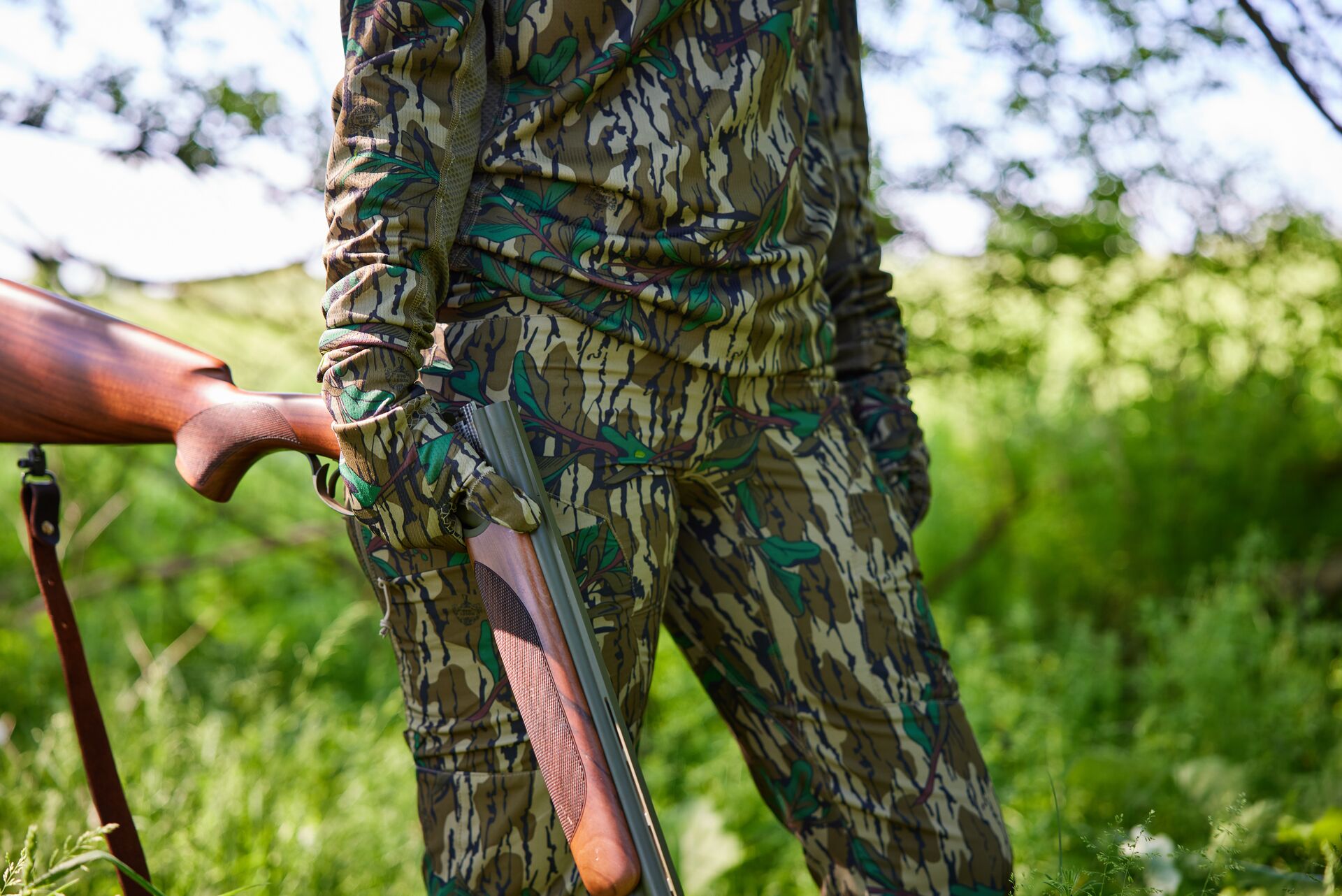
An Introduction to Field Carry Techniques
The modern hunter should be a lifelong student of many fieldcraft skills, including scouting, precision shooting, bushcraft, and safe weapons handling.
Among these skills, proper weapons handling techniques are critical for ensuring safety in the field. These techniques help reduce fatigue during long hunts and can even help you more easily cover rugged terrain while allowing rapid firearm deployment.
The elbow carry is one of the six essential rifle and shotgun field carry techniques and a favorite among upland and big game hunters alike. This versatile method combines comfort, accessibility, and increased safety. It is one of the safer carry methods when hunting in groups and walking through open fields.
First, let's talk about the benefits of the elbow carry and how to do it correctly.
What is the Elbow Carry?
To use the elbow carry, keep the butt of the firearm under your armpit and let the forestock drape over your lower arm, just below the elbow crease.
For over/under and side-by-side shotguns, you can also choose to have the action open. This improves balance and also serves as a visual indicator that the weapon cannot be fired.
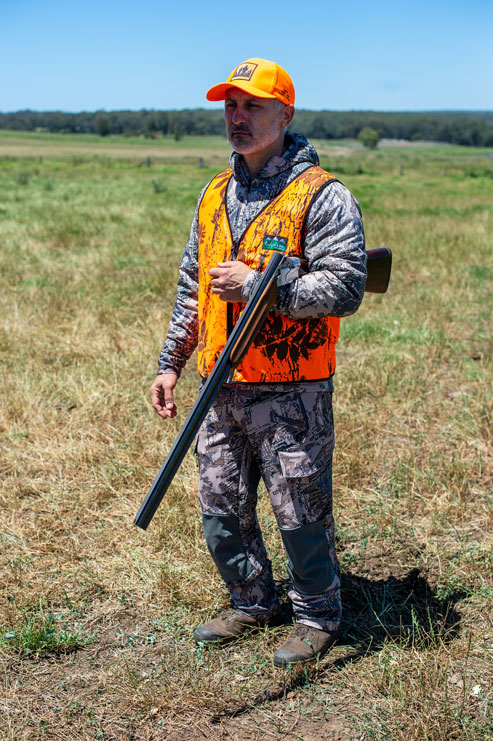
What Are the Benefits of the Elbow Carry?
Why do many hunters choose to carry a firearm this way? It has plenty of benefits.
Comfort and Fatigue Reduction
Long hunts can be tiring, especially when carrying a heavy gun.
Elbow carry distributes the firearm's weight evenly across your arm, using the gun's natural center of balance to your advantage. This significantly reduces fatigue, which helps maintain your energy and focus on those extended days in the field.
Ease of Access
The elbow carry allows for a quick transition from rest to firing position. This is critical for upland and waterfowl hunters who have to react quickly to fast-flying birds.
Safety Considerations
Since the muzzle is pointed at the ground, the elbow carry is one of the safer carry methods since any negligent discharge would go into the ground. This makes it a preferred carry method for most group hunting situations.
However, do not use it when people are in front of you.
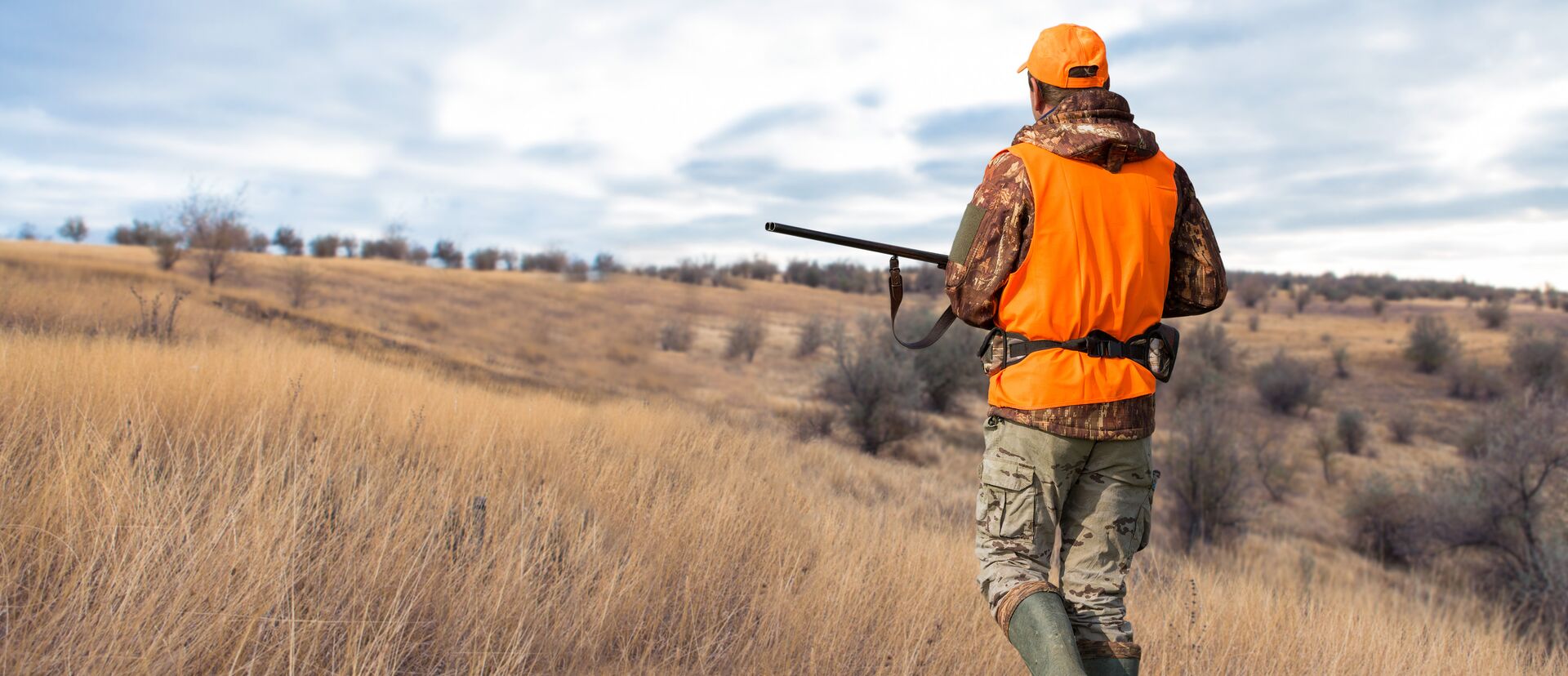
When to Use the Elbow Carry
Each carry method has strengths and weaknesses based on your weapon, hunt, terrain, and personal preference.
Here's where the elbow carry is most often used:
- Walking Through Open Fields or Clear Trails: Hold your firearm this way when in open areas, where there are fewer obstacles to navigate and less brush to get the barrel snagged on.
- During Periods of Low Activity: When there's a lull in the action, elbow carry provides a temporary comfortable resting position when observing game, taking a water break, or talking to your partners.
- Needing a Quick Rest from Other Carries: If you want a break from holding your weapon in one-handed trail carry, over your shoulder, or two-handed carry, switching to the elbow carry can provide a quick and effective rest.
As you can see, it's a convenient and comfortable way to carry your firearm when traveling through a hunting area.
What's the Proper Technique for the Elbow Carry?
Mastering the elbow carry requires understanding its proper technique. We've broken it down into four easy steps:
- Grip the Firearm: Hold the rifle or shotgun forestock with your non-dominant hand.
- Position the Firearm: Place the firearm in the crook of your dominant-side elbow. Rest the stock against the side of your body with the muzzle pointed at the ground. Make sure not to muzzle your feet.
- Adjust for Comfort: Ensure the firearm is balanced and sits comfortably on the crook of your elbow. Make any necessary adjustments to prevent strain and ensure the muzzle remains pointed downwards.
- Be Aware of Your Muzzle: Continuously monitor your surroundings. Stay alert and be ready to adjust your carry method as needed based on the terrain, activity level, and people.
With your firearm in this position, you're less likely to accidentally fire it and cause an injury while hunting.
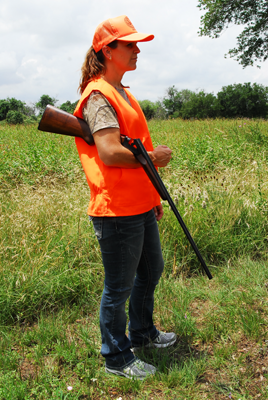
Safety Tips for the Elbow Carry
What should you keep in mind when carrying your firearm using elbow carry? Here are three tips.
- Always Keep the Muzzle Pointed Down: Maintaining muzzle discipline is critical at all times – not only when applying the elbow carry. To prevent accidents, always ensure the muzzle is pointed downward. Take extra care to make sure the muzzle is not pointing at your feet.
- Stay Alert: Constantly scan for obstacles or changes in terrain. Monitoring your surroundings and maintaining muzzle awareness allows you to quickly adjust your carry method to maintain safety.
- Know Your Target and Beyond: Before transitioning from carry to firing, ensure you have a clear line of sight and understand what's behind and in front of your target. Accuracy is crucial any time you shoot a firearm.
At ilearntohunt, we are big supporters of prioritizing safety in the field – no matter which field carry method you use!
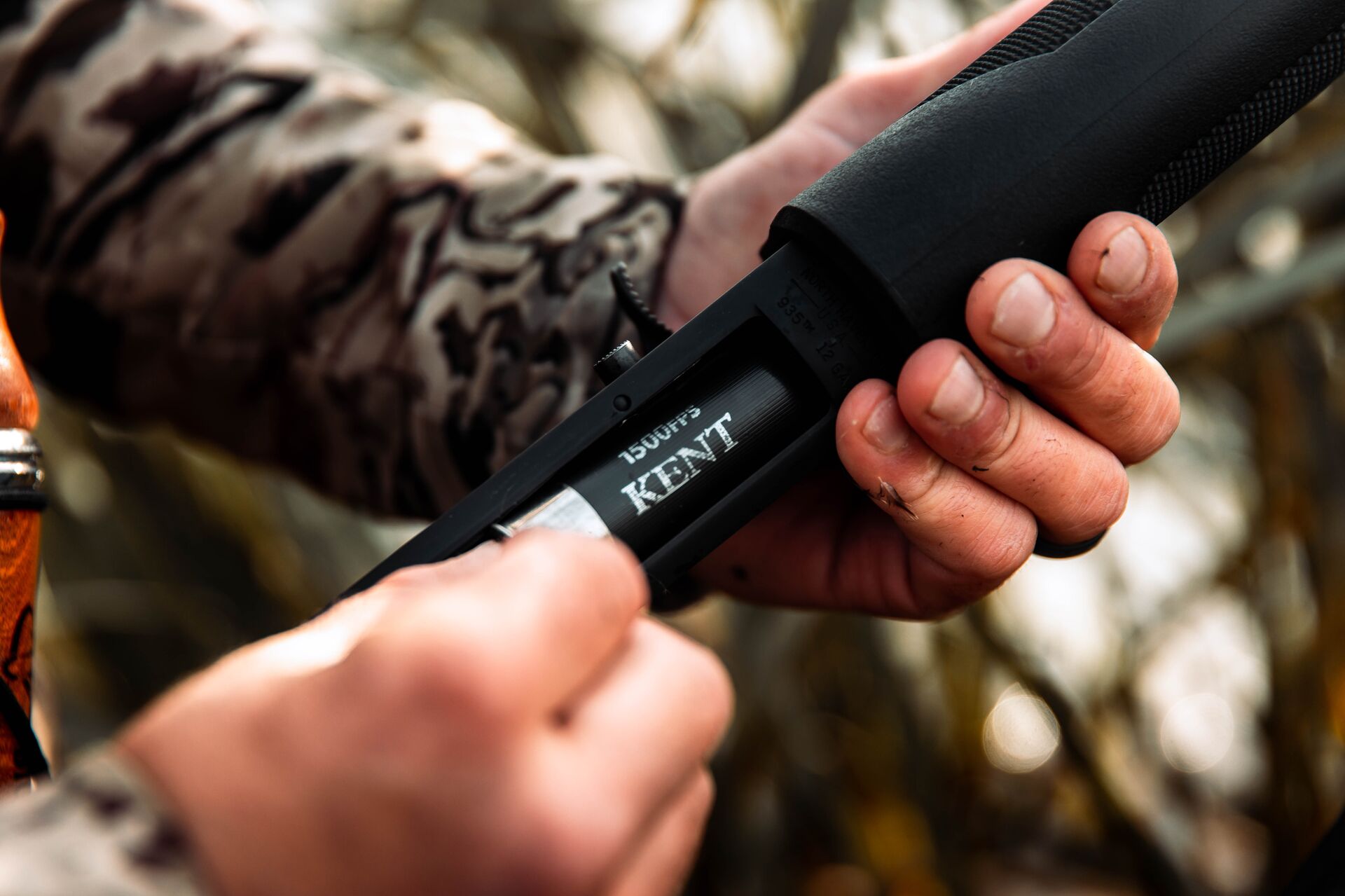
How to Transition from Elbow Carry to a Shooting Position
What happens when it's time to aim and fire at your target? Transitioning from the elbow carry to a shooting position can be smooth and fluid with a little practice.
Create a Shot Sequence
Build a step-by-step process that works for you.
With an unloaded weapon in the elbow carry position, grasp the forestock with your non-dominant hand. Pull the gun forward as your dominant hand slides into position on the grip. Once the buttstock clears your armpit, apply rearward pressure to seat the buttstock firmly in your shoulder pocket.
Then, bring the muzzle in line with your target.
Apply Fluid Motion
Find a consistent spot on the firearm to place your hands. Pay particular attention to landmarks that your thumbs and index fingers can consistently touch. Work each step slowly until you can transition to the firing position in one fluid movement.
Practice
Regular practice with an unloaded firearm is essential to safely transitioning to a firing position in the field.
Spend time transitioning between carry methods and shooting positions to build muscle memory and confidence.
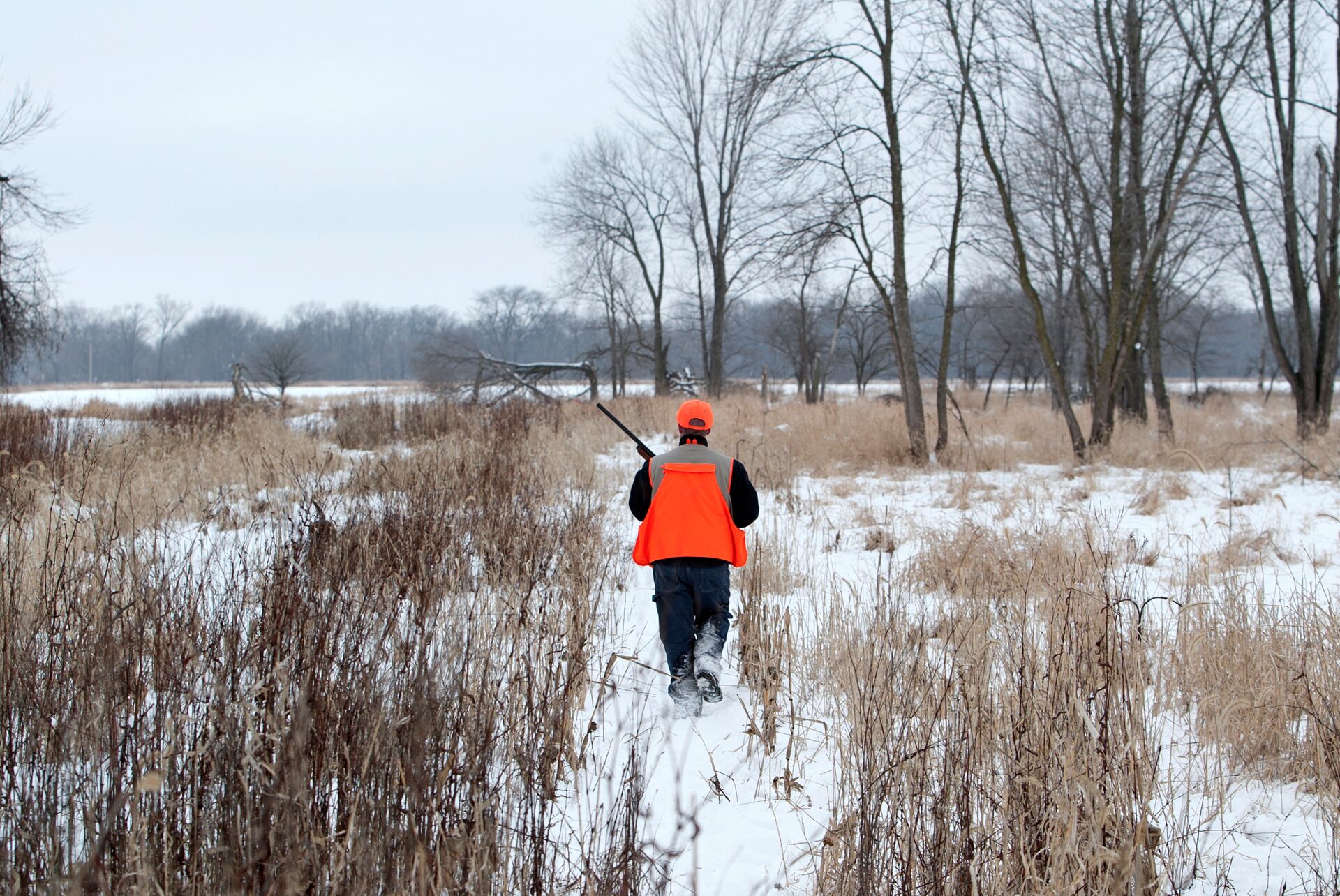
Prioritize Safe Firearm Handling for a Successful Hunt
While it's not the only way to safely carry your firearm in the field, mastering the elbow carry is a vital skill for any hunter due to its blend of comfort, accessibility, and enhanced safety. Using this technique on your rifle and shotgun hunts lets you enjoy a more relaxing and safer day in the field.
Remember, safety starts with proper training and awareness – and there's so much more to learn about putting safety first in the field. Consider taking a hunter safety course through ilearntohunt to continue advancing your hunting knowledge.
Our interactive online courses provide comprehensive education on various hunting techniques and safety measures to help you better prepare for your next hunting adventure. Plus, most states require hunters to have a safety certification before buying a hunting license.
So, let ilearntohunt help you meet those requirements and keep you safe through our engaging courses! Find the course for your state and start learning.

